The Kumari story
When Nepal opened up to the outside world in the 1950s and the first early tourists started coming in, they were mandatorily required to photograph cremations at Pashupati, monks in Boudha and monkeys on Swayambhu. The other must-see was the Kumari Temple, and the living goddess of Kathmandu soon became a subject of enduring fascination for foreigners.
Many articles, books and films have come out about the Kumari, including From Goddess to Mortal:The True Life Story of a Former Royal Kumari written by former Kumari herself, Rashmila Shakya in 2005. The latest book on living goddesses, is by British travel writer Isabella Tree’s The Living Goddess, which was released in Kathmandu this week.
Because it is written by a journalist, The Living Goddess is heavy on research and interviews as it delves into the cultural history of the tradition of the living goddess. There is not a lot of it that is new there, but Tree digs deeper to investigate the symbolism and faith that has allowed the Kumari tradition to evolve and survive several regime changes in Kathmandu in the past centuries.
Tree goes back to the history of the Malla dynasty in Kathmandu Valley and the Shah kings from Gorkha who conquered them in 1767. The Kumari tradition may have emerged as a Mahayana Buddhist practice, but is inextricably tied with the Devi-worship of Hindu kings and the emergence of Kathmandu as a centre of tantric beliefs and rituals. For Prithvi Naryan Shah to arrive at Hanuman Dhoka Palace on the day of Indra Jatra and touch the feet of the Kumari was a dramatic public relations move, and attempt to ensure that the Valley that he had finally conquered would accept him as king.
As Tree explains, the Kumari then came to embody the Nepali nation. The health and mood swings of the living goddess could portend epidemics, earthquakes and the fall of rulers. The book lists instances where premonitions have come true: King Tribhuvan died in 1955 six months after the Kumari reportedly refused to put a tika on his forehead, his son King Mahendra died when he failed to pay his respects to the Kumari in 1971, the Kumari’s hair was unruly and couldn’t be tied properly into a knot during the first People’s Movement of 1990 and apparently the caretaker could only successfully tie it after King Birendra decided to become a constitutional monarch, or that three weeks before the royal massacre of 1 June 2001 the Kumari had broken into rashes.
In the great political churning after the royal massacre, King Gyanendra’s rule and the Maoist conflict, the Kumari’s royal links became the reason that its accepted religious role started being questioned, human rights activists said the Kumari tradition was ‘child abuse’ and even filed a writ in the Supreme Court in 2005 to have it discontinued. Tree interviews activists, priests, former Kumaris and concludes that allegations of mistreatment and abuse of the young girls are mainly based on rumours – just like the false belief that the husband will die if an ex-Kumari marries.
There are obvious reforms that can be made into the practice, the Kumaris should be allowed to lead more normal lives with better education, but Tree makes a convincing case for keeping a tradition that has come to be the symbol of the unique cultural heritage of the Kathmandu Valley civilisation. After all, it even survived the transition from monarchy to republic and the dramatic instance in 2007 when both the King and the President came to pay their respect to the living goddess at the Kumari Chen.
Indeed, cultural preservation is not just about renovating temples, it is also about preserving the rituals and festivals.



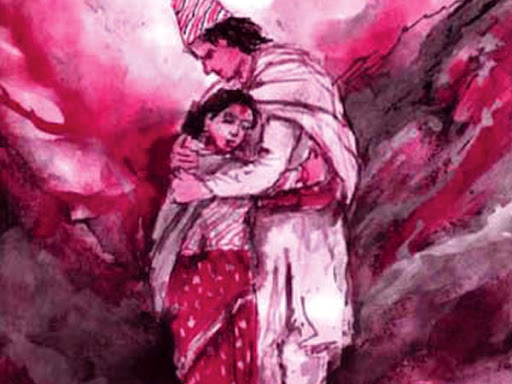
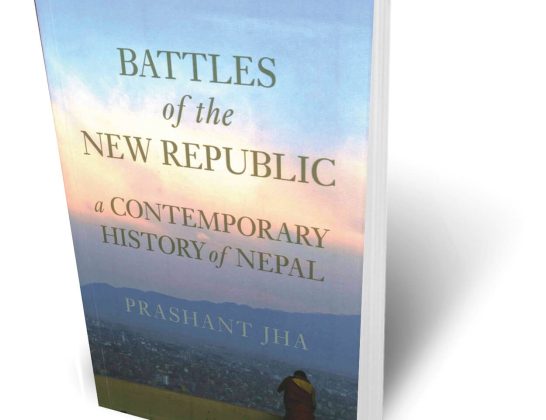
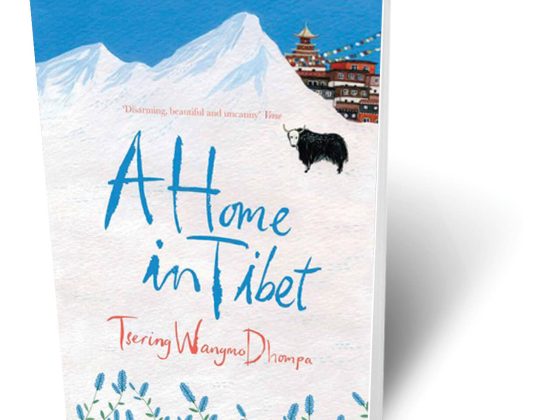
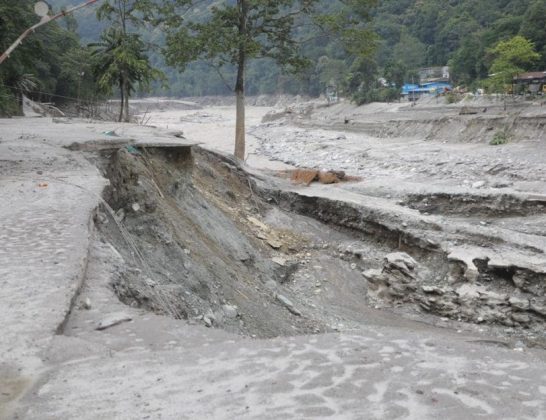
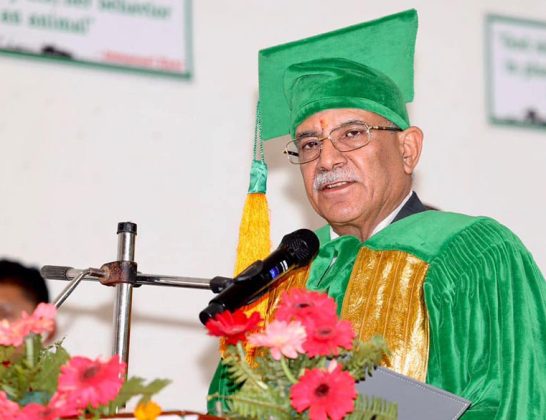





Comments